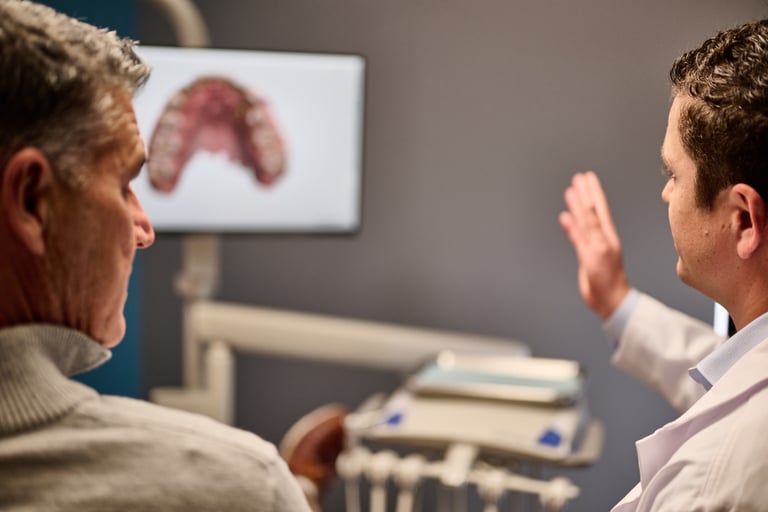, Address :NSK House, Fergusson College Rd, Near Solos Icecream, Deccan Gymkhana, Pune
Periodontal surgery


Periodontal surgery procedure
When gum disease progresses beyond gingivitis to periodontitis, there can be extensive damage to the teeth, which may include bone loss and gum recession. Someone suffering from advanced periodontal disease, which is the most severe stage, may have no choice but to use surgical intervention to beat the disease and in order to save their teeth. There are several periodontal surgeries that a dentist may consider as part of a periodontal disease treatment plan. We’ll cover the types of periodontal procedures and what to expect before, during and after a periodontal surgery.
What is periodontal surgery?
Periodontal surgery treats dental conditions that affect the gums and jawbone. The surgery is typically done around the bottom of the teeth and below the gumline to resolve issues caused by periodontal disease, like infection and decay.
Patients may be referred to a periodontist after gum disease is uncovered during routine cleanings. Your dentist will inform you if less invasive treatment options like scaling and root planing can be done before turning to surgery.
Types of periodontal surgical procedures
There are several types of periodontal procedures. It’s up to your dentist to recommend the most appropriate option based on your health history and dental needs.
Bone grafting
A bone graft helps to repair bone structure around the teeth, which can be damaged by advanced gum disease. Often, bone grafting is done as a first step before additional treatments as it can increase the volume of available bone, creating a more stable environment for other procedures, like an implant.
Guided tissue regeneration
With guided tissue regeneration (GTR), a mesh-like tissue is placed between the bone and gum tissue. The purpose is to clean out harmful bacteria and then create space to allow bone and tissue to regrow naturally.
Flap surgery
Flap surgery helps remove tartar from deep in the gums. In the procedure, the periodontist cuts the gum to separate it from the teeth, then cleans deep below the gum line. Once complete, the periodontist will suture the gums back in place to heal.
Soft tissue grafts
A soft tissue graft helps restore and strengthen receding gums. In this procedure, the periodontist will take tissue from the roof of the mouth and use it to rebuild the gums where they’ve receded the most.
Located at FC Road, opposite Vaishali, in the heart of the city, Krishna Dental Clinic is your premier destination for top-notch dental care.
From routine check-ups to advanced cosmetic dentistry, our skilled team offers a wide range of services to cater to all your dental needs.
Equipped with cutting-edge technology and amenities, our clinic provides a comfortable and welcoming environment for your dental journey.
With a team of experienced dentists and specialists, we deliver personalized care and exceptional results, ensuring your smile is as healthy and beautiful as can be.
© 2025. All rights reserved. Krishna Dental Care managed by Destiny Dental clinic Best Dentist & Dental Clinic Near Deccan FC Road Pune ,


